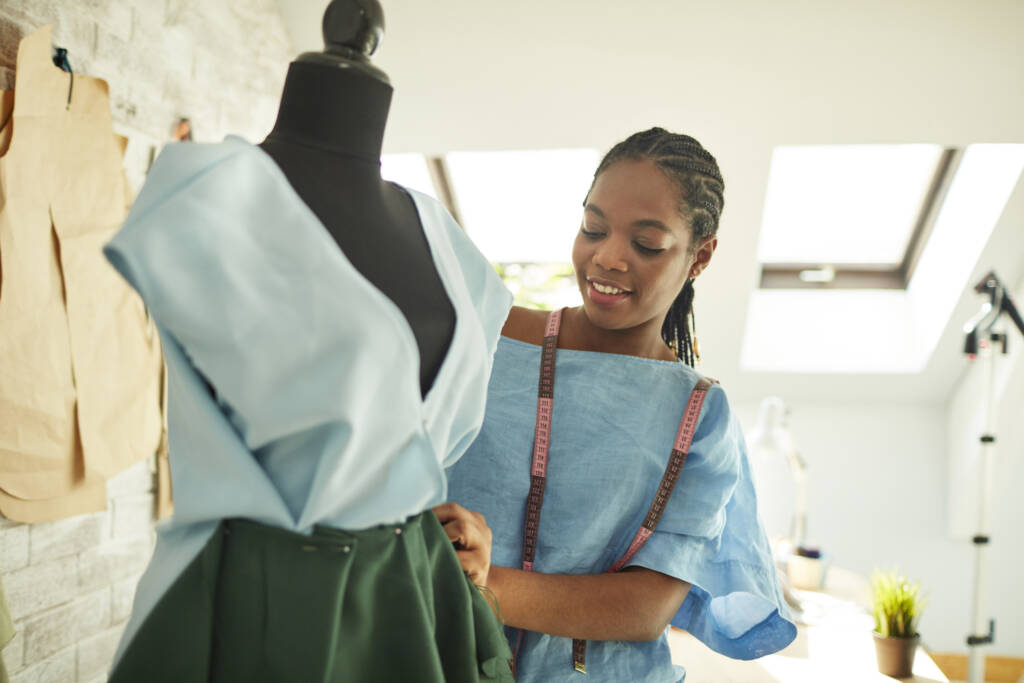Customized Learning
Step in the driver’s seat and take charge of your education.
Learn when and where you want, advance when you are ready, and get personalized support along the way.
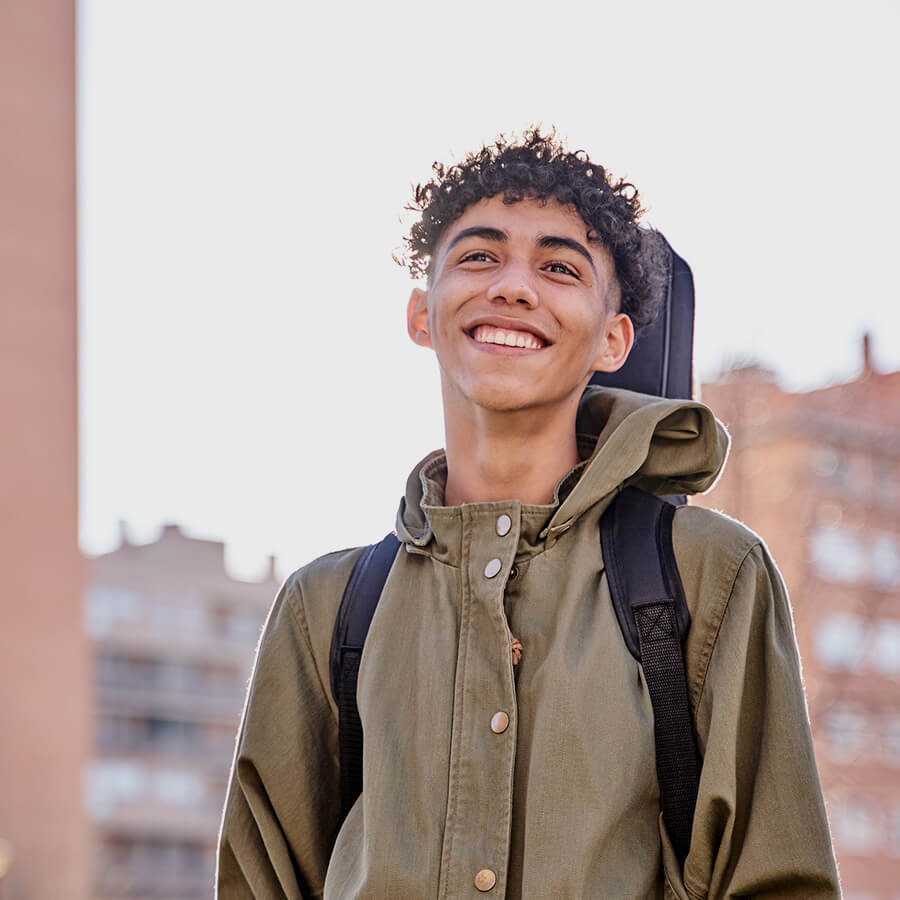
What is customized learning?
Customized learning allows you to determine when, where, and how you learn based on your needs, interests, and talents. This student-centered approach empowers you to take charge of your education so that learning feels more relevant to your interests, passions, and real-world experiences.
Examples:
- Customize your schedule around an extended family vacation.
- Continue your education while pursuing extracurricular passions like art, acting, or sports.
- Accelerate your learning in subjects you excel at, and take extra time when you need it.
- Use tools like our built-in screen readers to accommodate learning differences such as dyslexia.
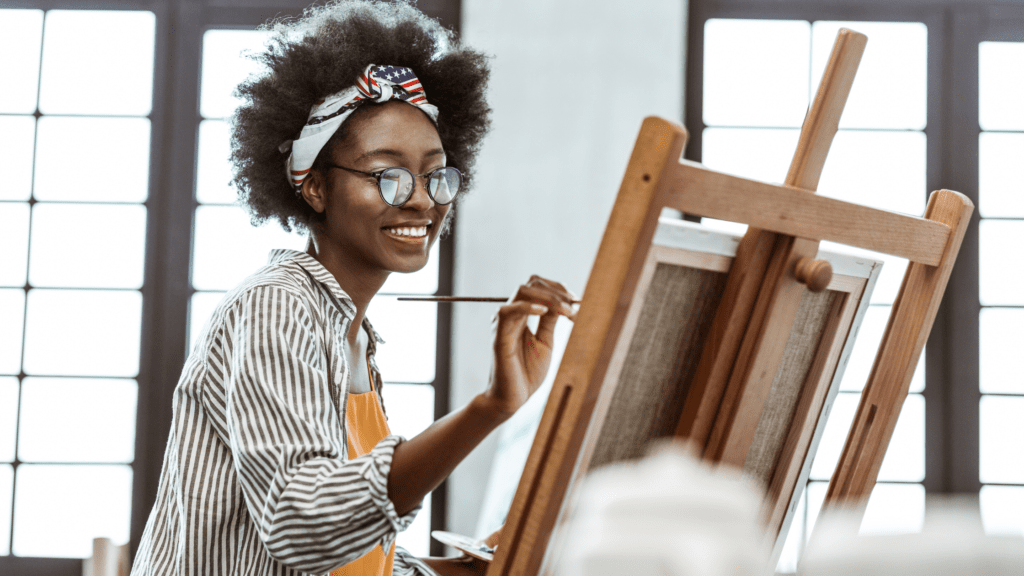
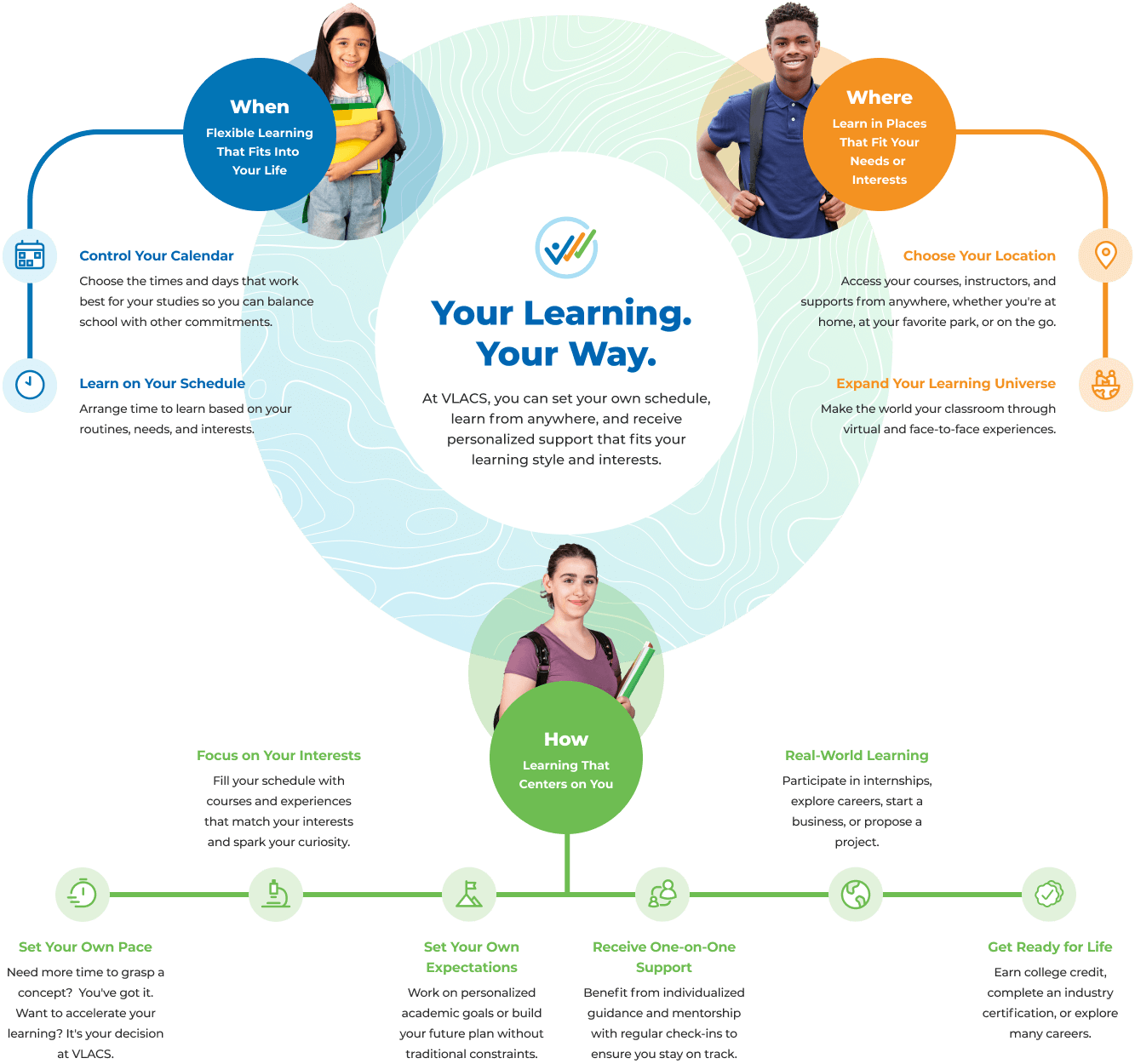

The benefits of customized learning
Customized learning lifts the barrier of time in education. You can learn at a flexible pace, not having to wait for others to catch up. You can take as much time to master your material until you feel confident that you comprehend each main concept.
With customized learning, students set goals in collaboration with their instructor and parents. These goals reflect the needs, interests, and talents of the student. The result? Students are more engaged in their learning and are more likely to succeed.
Customized learning and curriculum
At VLACS, learning is competency-based, which means you don’t move on to the next step in the curriculum until you reach competency in the steps before.
This approach focuses on equipping you with the skills you need to succeed in the real world, so learning may look different depending on your needs. If you choose to enroll in an Experience, you will work with your instructor to determine how you will reach competency and how you will be assessed.
Examples:
- Learn about environmental sciences by creating a mini-documentary about nature in your area.
- Start your own baking business to master food science and entrepreneurship competencies.
- Learn a foreign language through travel and immersion.


Customized learning and relationships
Customized learning relies on one-on-one support from instructors. From the time you craft your academic plan to completing each competency in your course, the one-on-one support allows you to thrive. You will meet with your instructors frequently to ensure that you are on the path to success and to get help. Instructors are available during office hours or by appointment.
Success means more than just completing coursework at VLACS. You must also feel valued, supported, and motivated to succeed. This is achieved through relationships, coursework, and work in real-world settings that help build social capital and make critical connections that will prepare you for life after graduation.
Customized learning and life skills
Customized learning improves your communication skills, enhances your creativity, and allows you to become a problem solver. Because of the importance of relationships in customized education, you will learn to communicate effectively and consistently to ensure your needs are met.
Examples:
- Develop communication skills by interning at a marketing agency.
- Practice creative problem-solving with a computer programming mentorship.
- Become more self-motivated and independent through self-directed learning.

An Example of Customized Learning
Enjoy the freedom and flexibility of our customized learning model and start learning how you want to.
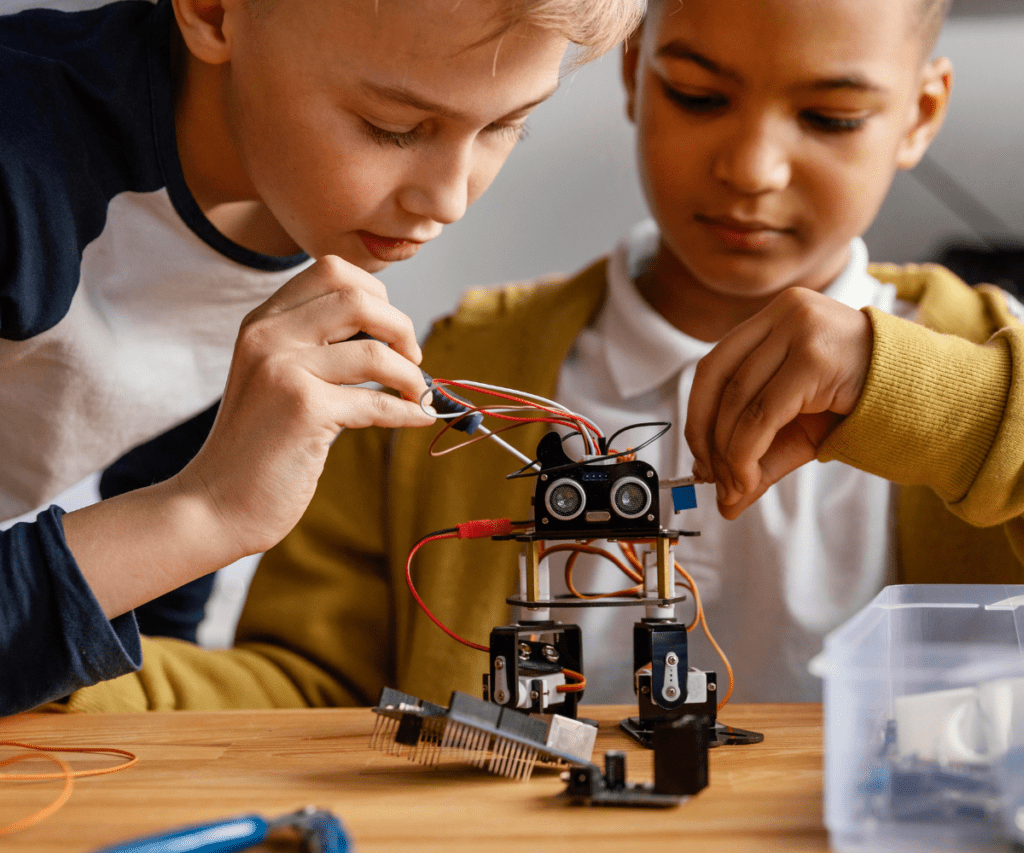
How Does Learning Happen?
You can master competencies and earn credit through one or more of the following learning pathways.
Courses
Choose from hundreds of courses and complete work through traditional lessons and assessments.
Projects
Conduct in-depth research and solve the real-world problems professional face at their jobs.
Experiences
Explore a career field you’re curious about, complete hands-on tasks, and collaborate with industry experts.
College
Take college-level classes and earn dual credit.
When Does Learning Happen?
You will engage in learning on days and times that meet your unique needs. For example, part of your school week might look like this:
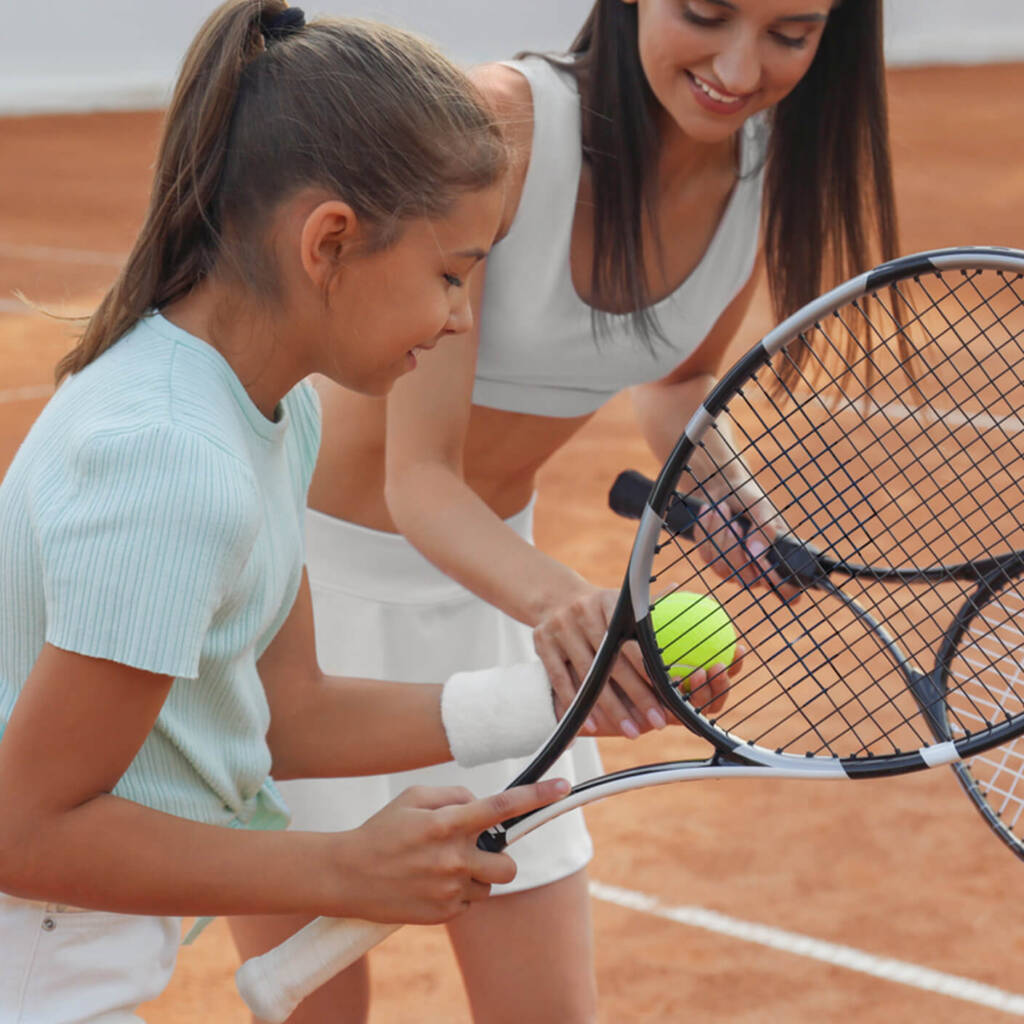
8 am
At school for algebra and history
10 am
VLACS economics class
11:30 am
Chamber of Commerce internship
3 pm
Tennis Team Practice
7 pm
VLACS college English
8 am
VLACS chemistry, photography, and interest investigation (stock market)
3 pm
Bus leaves for tennis match
7 pm
VLACS pre-calculus
8 am
At school for algebra and history
10 am
Chamber of Commerce internship
1 pm
VLACS economics class
3 pm
Tennis Team Practice
8 am
Tennis lesson
11 pm
VLACS college English
1:00 pm
Community service at food bank
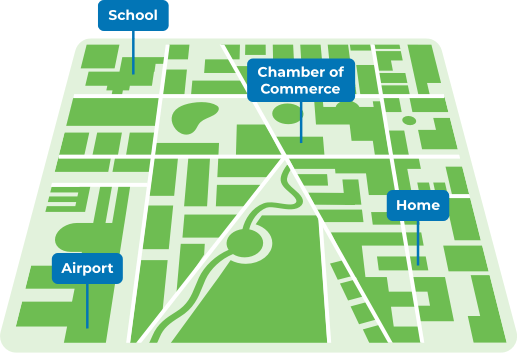
Where Does Learning Happen?
The location where learning takes place is flexible and changes based on your interests and goals. See below for some examples of where learning can happen.
Chamber of Commerce
Experience – Internship: Microeconomics
Lisa completes a project that leads to an understanding of market forces and economic growth.
Home
Project: Personal Finance
Lisa assumes the role of a financial literacy coach and helps create and monitor a family budget.
Airport
Experience – Travel: Macroeconomics
As part of her learning, Lisa visits the Federal Reserve Bank of New York to learn about monetary and fiscal policy.
School
VLACS Course: Supply & Demand
Lisa learns to apply the economic concepts of supply and demand.
Time is on your side.
In a customized learning environment, you set your pace based on your specific needs and learning style.

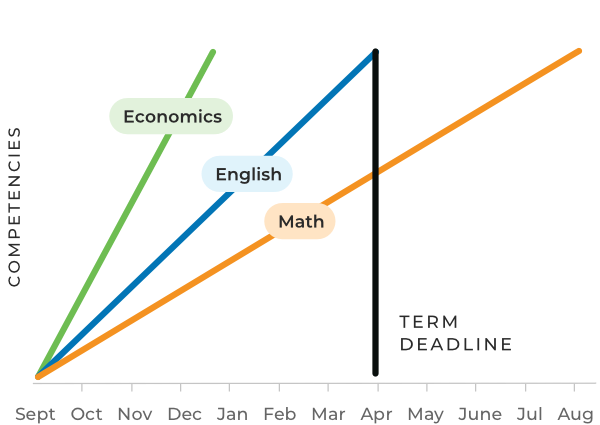
Traditional Learning
In a traditional learning model, the expectation is that all students will learn at the same rate and master competencies by the end of the semester.
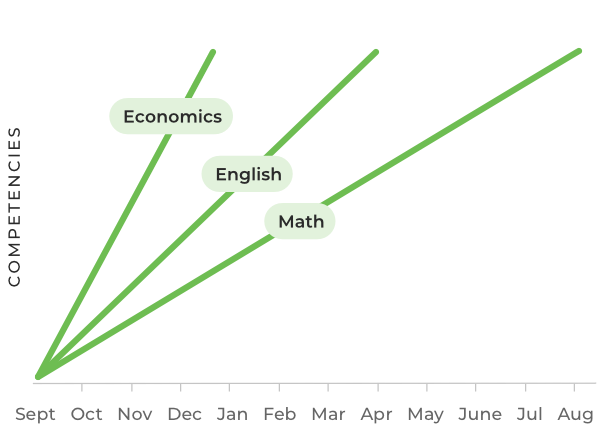
Customized Learning
In a customized learning model, time barriers are removed. You can master competencies at a faster pace or work at a slower pace if you find a competency challenging.
Customized learning and you.
Customized Learning benefits every level of education. It offers personalization, acceleration, flexibility, remediation, accessibility, and equity to the learning process.
Elementary
- Take the time to meet academic and developmental milestones
- Increase independence
- Develop technology skills
- Establish confidence
- Rich and engaging learning tools
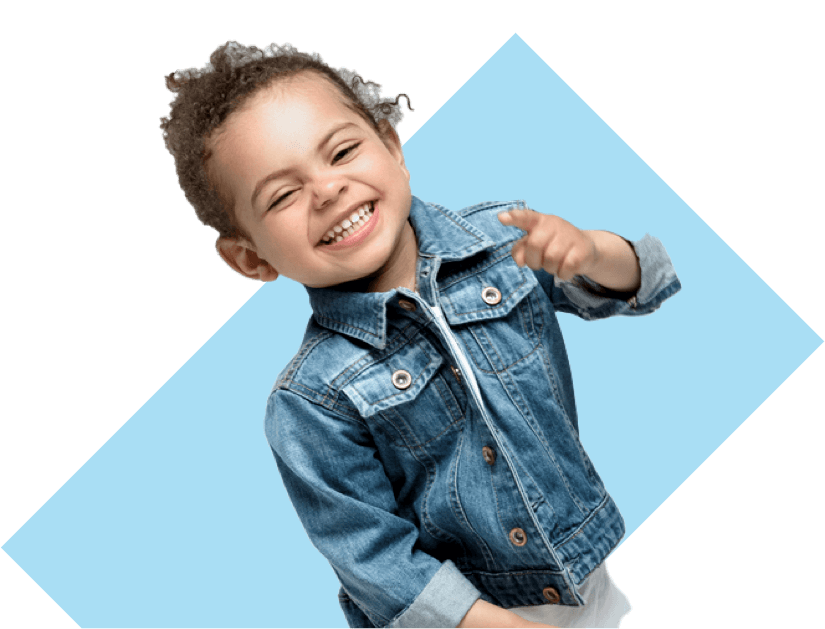
Middle School
- Take high school courses while in middle school
- Hands-on approaches to learning through project-based opportunities
- Add room for sports, extracurricular activities, and/or community service
- Focus on a unique interest like coding or app development
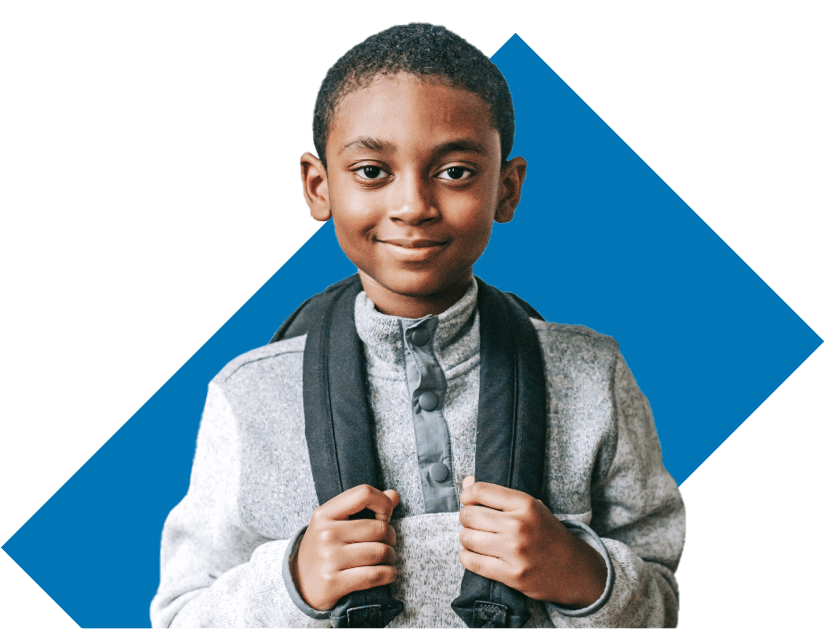
High School
- Enhance transcript
- Get a job while in school
- Graduate early
- Participate in work-based learning
- Earn diploma and college credit
- Recover missed competencies/credits
- Explore career aspirations
- Advanced placement
- Project-based learning

Adult Education
- Earn a high school diploma while employed and/or raising a family
- Focus on a specific skill
- Enhance resume in preparation for a career change
- Complete a prerequisite for a higher ed program
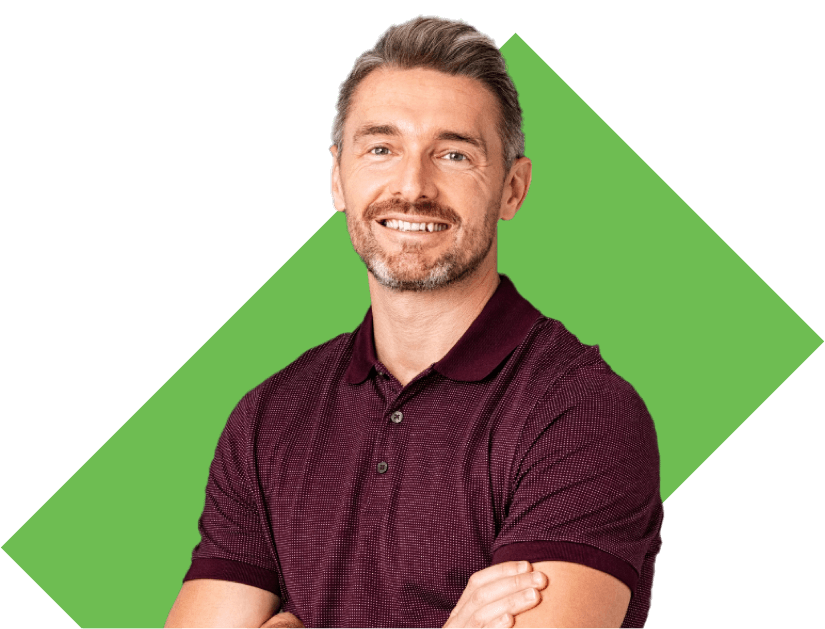
VLACS Equal Opportunity Fund
Please consider joining us in our initiative to provide financial support to students and adults who need assistance achieving their educational and career goals.
